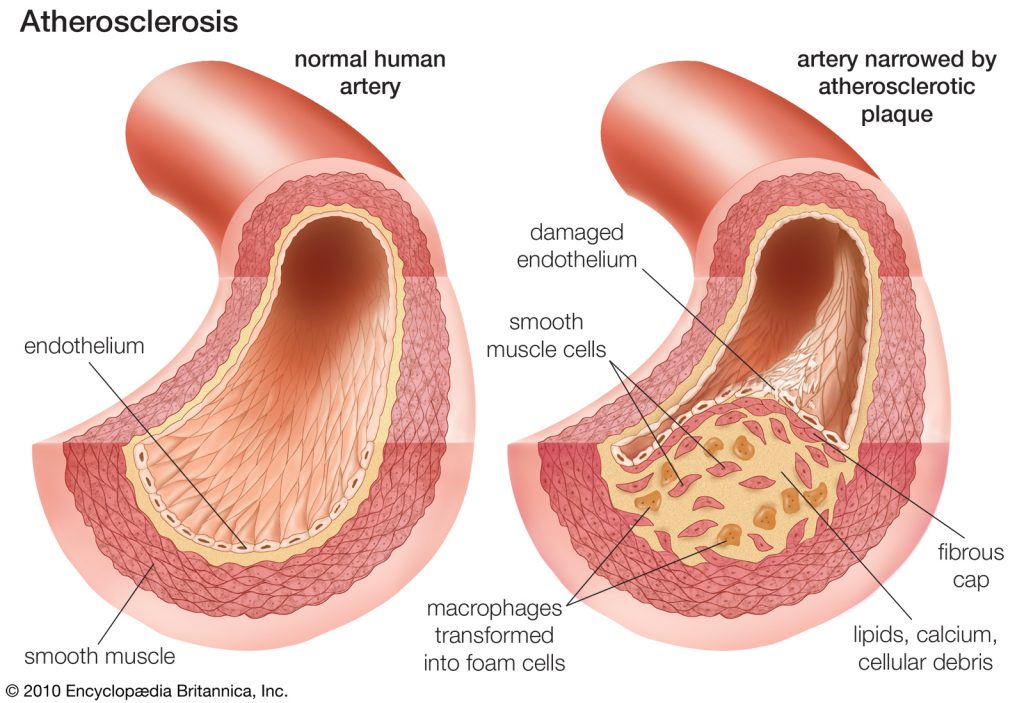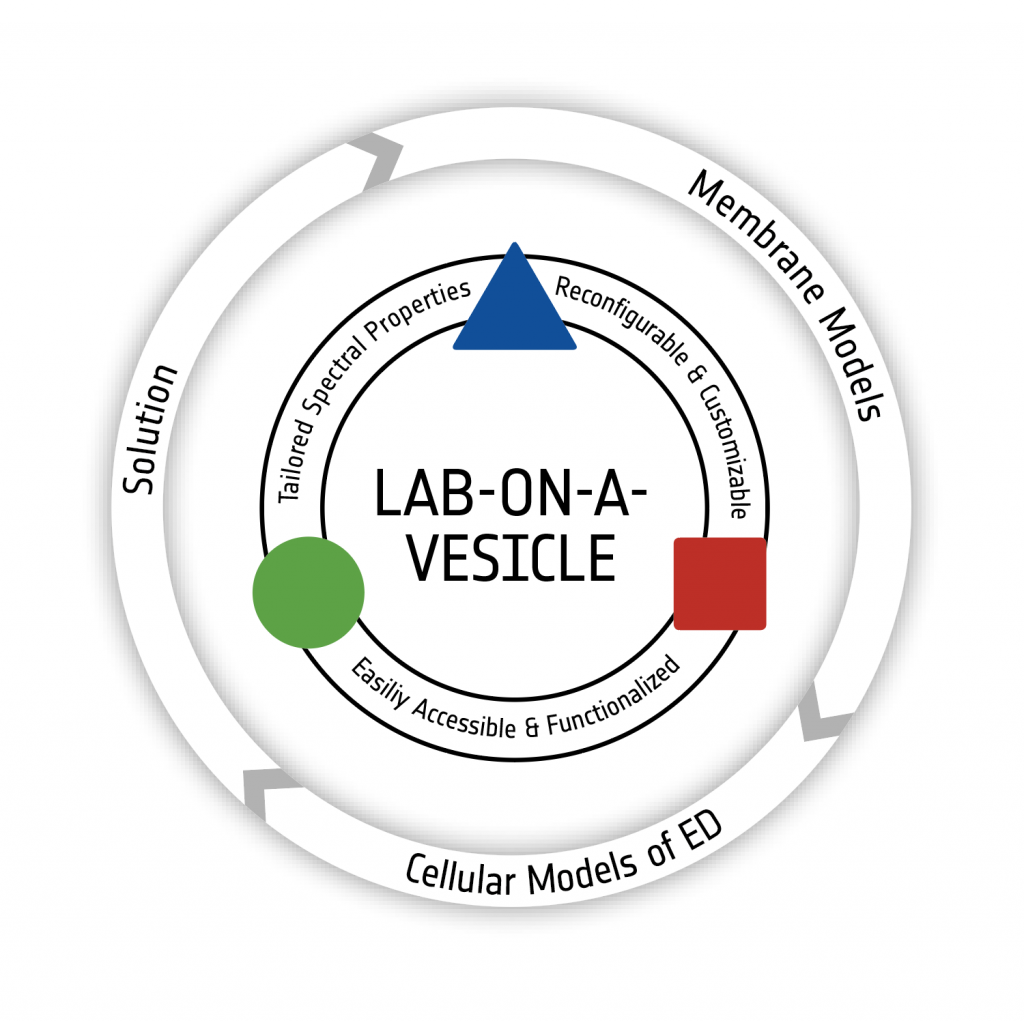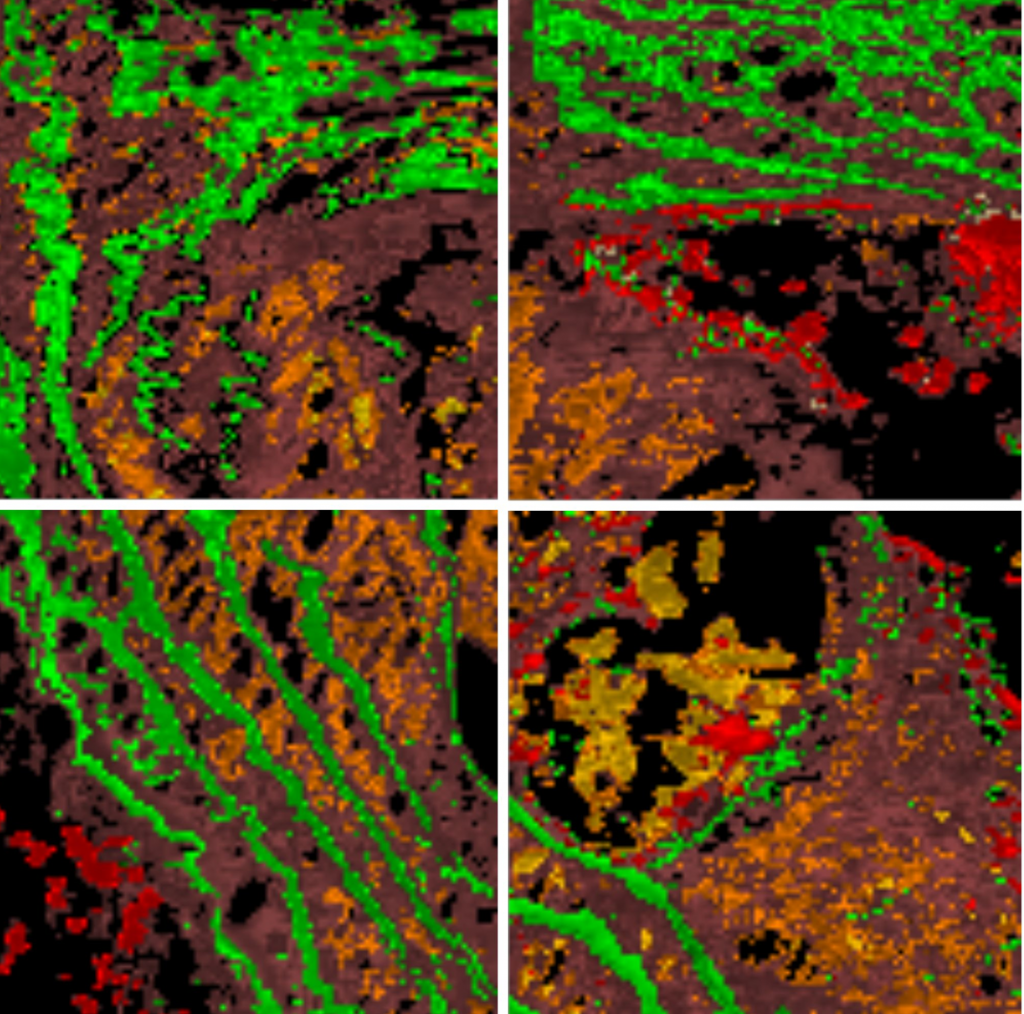As a proof-of-concept, we will develop a molecular logic sensor platform to diagnose endothelial dysfunction (ED). ED is believed to be the common onset point for a number of frequent diseases, including atherosclerosis – a chronic medical condition that can remain undetected for decades. During progression of atherosclerosis, so called plaques deposit at the walls of blood vessels leading to stenosis and eventually to serious clinical events such as heart attack or stroke. There is clearly a medical need for an early-stage diagnosis of atherosclerosis so therapeutic intervention can address disease progression long before a high and thus dangerous degree of stenosis is reached. By detection of key biomarkers for ED, such as low wall shear stress and low nitric oxide (NO) concentration, we aim to develop an analytical platform to diagnose ED and the diseases it possibly provokes at a primary level.


The iterative and spectroscopy-guided transfer of our molecular logic gates from solution to model membrane to biological media is innovative and avoids a regularly occurring pitfall, i.e. a concept that works in solution but fails when directly applied to the much more complex native environment. Within previous research projects we have shown how theoretical calculations and time-resolved spectroscopy of excited state levels guide the synthesis of functional molecules with tailor-made photochemical and photophysical properties. This targeted sensor design will lead to stepwise optimization and transfer of the concept from solution via membrane models, cells and ex-vivo tissue approaching in-vivo conditions.
With regard to an anticipated application of the logic gate as in-vitro or in-vivo diagnostic platform, the project includes innovative technologies and methods such as triplet-triplet annihilation upconversion in vesicular systems, transient absorption microscopy, molecular modelling, organ-on-a-chip microfluidic systems, metabolic profiling, theranostics and state-of the-art expertise in endothelium-related diseases and toxicology.

The LOGIC LAB consortium uniquely combines these multidisciplinary technologies and interdisciplinary expertise. A key feature of this platform is the strong involvement of industrial partners as prospective users of the new diagnostic tools. Industrial involvement ensures mutual exchange of valuable insights and technologies between developers and users, thus the gap between bench and bedside becomes narrower.
